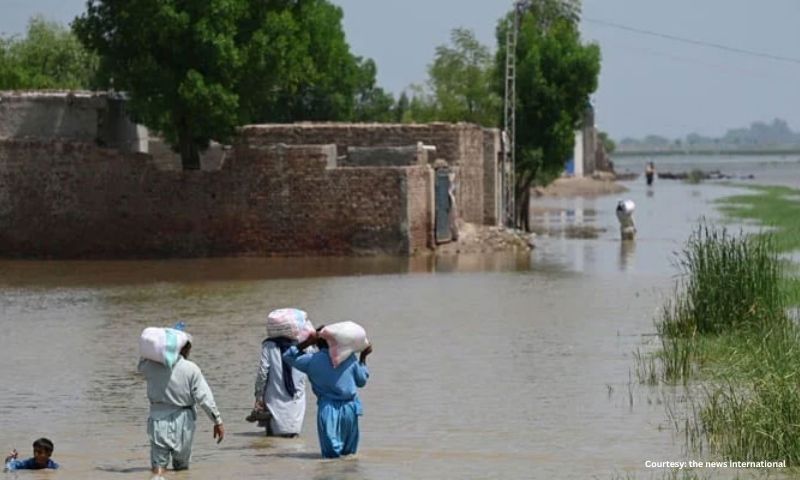KARACHI – The Sindh government has unveiled a comprehensive climate action strategy to address the province’s intensifying environmental challenges, including extreme heat, drought, flooding, and coastal erosion that are endangering lives, agriculture, and ecosystems.
In recent months, record-breaking temperatures exceeding 49°C have resulted in numerous fatalities, while rainfall levels have dropped significantly, triggering widespread drought across key agricultural districts. Simultaneously, sea-level rise and coastal degradation are threatening livelihoods in Thatta, Badin, and Karachi, worsening displacement and economic instability.
Water scarcity has emerged as a central concern, with per capita water availability in Sindh plummeting from over 5,000 cubic meters in 1951 to below 1,000 cubic meters in recent years—placing the province in a state of acute water stress. Irrigation in regions like Thar and Shaheed Benazirabad has become increasingly unreliable, harming crop yields and food security.
Deforestation and land degradation are accelerating desertification and loss of biodiversity. Thousands of hectares of forest cover are lost annually, while rapid urbanisation and inadequate waste management have resulted in up to 16,000 tonnes of unsegregated waste being produced daily across major urban centres.
To address these threats, the provincial plan includes:
- Mangrove and Forest Restoration: Expanded mangrove plantations in the Indus Delta and large-scale reforestation under the Green Sindh initiative to absorb carbon and reduce flood impact.
- Water Management Solutions: Installation of desalination plants, promotion of drip irrigation, and development of rainwater harvesting systems to combat drought and optimise water use.
- Renewable Energy Expansion: Investment in solar and wind energy projects, including agri-voltaic models, to increase clean energy access and reduce emissions.
- Climate-Resilient Infrastructure: Smog control measures by the Sindh Environmental Protection Agency (SEPA) and integration of climate resilience into urban planning and public projects.
- Public Engagement and Institutional Coordination: Strengthening platforms like the Sindh Climate Action Network to involve local communities—particularly youth, women, and indigenous groups—in adaptation efforts.
- Global Partnerships: Collaboration with international institutions to modernise water use, improve waste management, and build long-term resilience.
Despite these efforts, concerns remain over execution. Reports show that only 41% of Sindh’s allocated climate budget has been spent over the past 16 years, with some departments utilising less than 10% of their funds.
Experts stress that urgent reforms in budgeting, governance, and transparency are essential. Enhanced use of data, technology, and community-driven initiatives will be key to ensuring the success of Sindh’s climate strategy and protecting the province’s future.
This story has been reported by PakTribune. All rights reserved.


